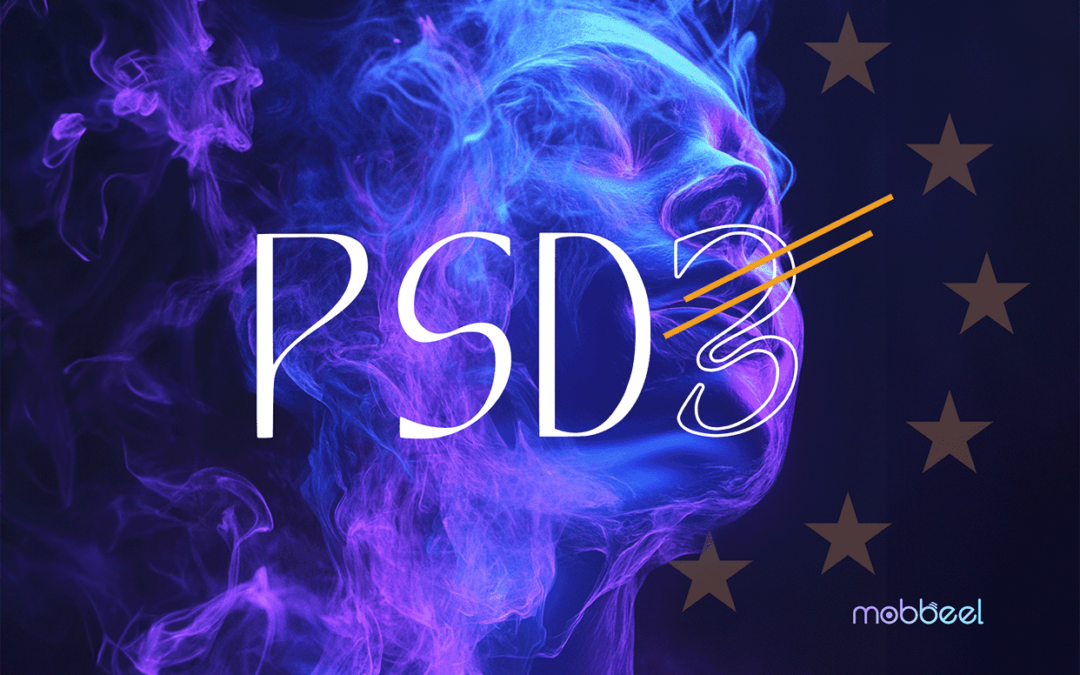We can’t put up barriers to progress. Our children are digital natives, and raising them in isolation from the advancements we’re witnessing doesn’t...

Discover how people’s unique physical features and behavioural patterns make biometric authentication a secure technology by reading our insightful articles. Facial, voice, signature and fingerprint recognition trends within your grasp.

We can’t put up barriers to progress. Our children are digital natives, and raising them in isolation from the advancements we’re witnessing doesn’t...

Biometrics involves using unique human characteristics, both physical and behavioural, for the digital identification of individuals to access...

The Payment Services Directive (PSD) is a European regulatory framework introduced in 2007, aimed at protecting consumers and promoting innovation...
The World Bank defines financial inclusion as the right of people to access a wide range of financial products and services, including transactions, credit, payments, savings and...
Every year, millions of people from non-EU countries pass through the borders of the Schengen Area, and all signs suggest that these numbers will continue to rise. Some of these...
Few topics have sparked as much interest and debate over the past year as artificial intelligence (AI), especially with the rise of Large Language Models and generative AI. AI's...
Can you imagine a future where your identity is the key to unlocking doors? In this article, we will answer this question through biometric access control. This secure and...
The development of consumer technology has created new expectations for shopping and payments. Nowadays, There are more ways to pay than ever on various channels. Nevertheless,...
Liveness detection is a cutting-edge technology that ensures the authenticity and veracity of an individual in a digital environment. By using advanced algorithms and techniques,...
In an increasingly interconnected digital world, safeguarding sensitive information and ensuring secure access to online services is of paramount importance. Multifactor...
Digital transformation has significantly impacted the customer experience, transforming customer expectations when purchasing products or services. Biometrics has become a key...
Biometric authentication is the most common way to ensure security in electronic systems and authorise transactions. There are two types of biometric authentication methods:...
The proliferation of artificial intelligence and the ease of access to tools capable of altering the truth has given rise to one of the most shocking and worrying digital...
Technology drives forward steadily, leading to the creation of a new digital manipulation way: deepfakes. Fake photos, videos and speech can be utterly realistic that become hard...
This institution has questioned the effective implementation of these assets since 2018. The same year, after the Fintech Action Plan publication, the UE asked The European...
Money laundering is a persistent problem around the globe, and, based on Legaljobs statistics, money laundering activities cost the world 2% to 5% of its GDP. The growing...
According to Europe social media analytics market - growth, trends, forecast (2022 - 2027), Europe has more than 300 million active users on social media. These people use social...
FIDO2 is the acronym for Fast Identity Online and allows users to use their own devices (smartphones or laptops with biometrics, USB security keys, etc.) to authenticate...
Without discussing the ethical and social implications of using biometrics for certain processes, we would all agree that the use of facial recognition for flows and access...
Single biometrics When Woodrow Wilson Bledsoe began the development of the first facial recognition solutions in the 1970s, he probably never imagined the great evolution that...
In a scenario where owning a smartphone is a must, and having an Internet connection is the norm, we spend a significant part of our lives in the digital world. Biometric...
September 14th, 2019 marked a turning point in the security of online payments when the PSD2 (Revised Payment Service Directive) came into effect in Europe. The new European...
"The Business Case for Biometric Authentication" (Goode Intelligence) emerged in 2018 as a comprehensive research assessing biometric authentication's benefits in key sectors...